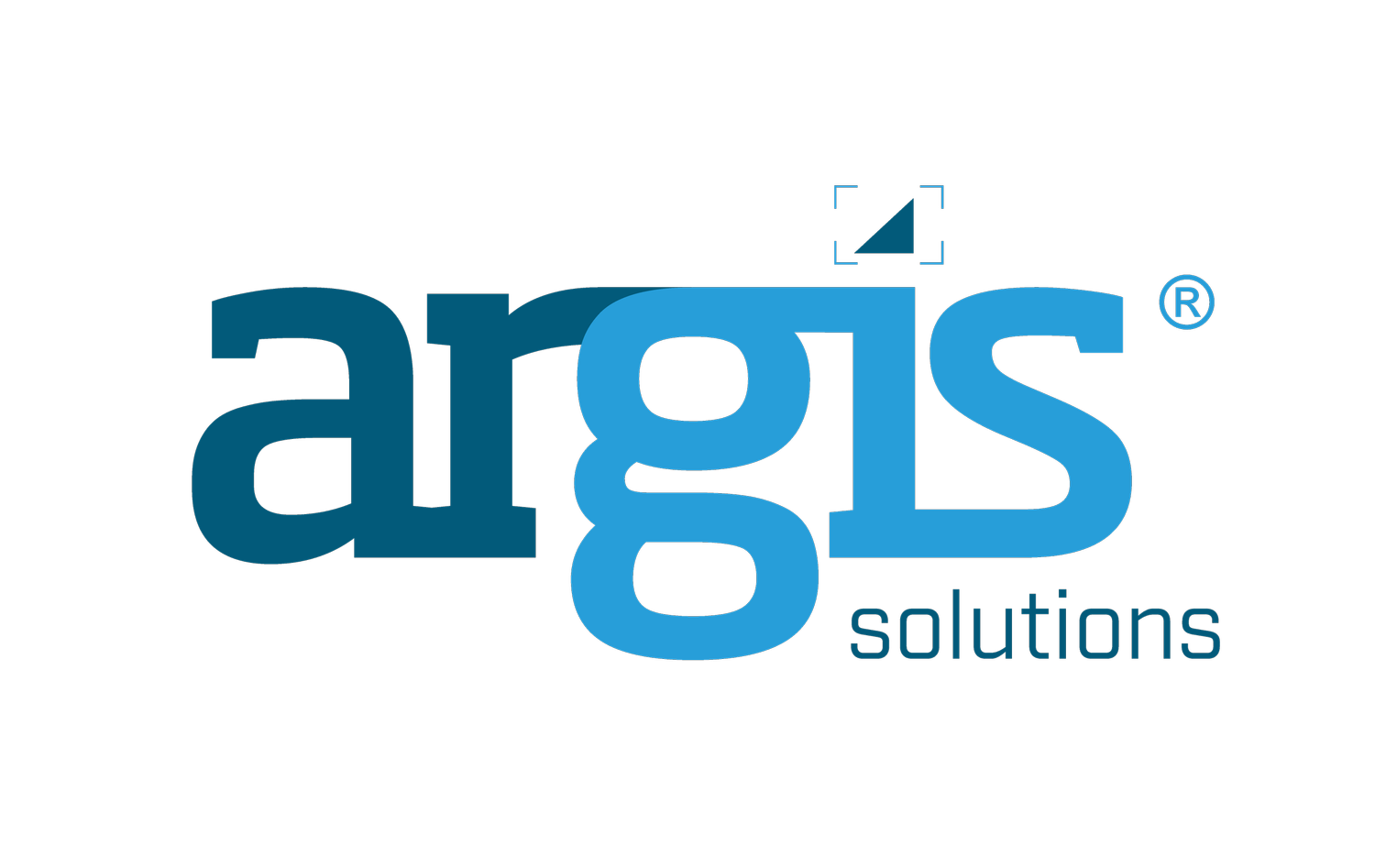Dynamic 3D Visualization: A Cost-Conscious Solution for Viewing Complex GIS Data
An engineering company bridges the communication gap for clients using dynamic 3D visualization.
“A picture is worth a thousand words,” is repeated so often because it’s true. Our brains’ rapid visual processing power makes images preferable to a mountain of text or numbers every time. One of the most common consulting problems Argis Solutions is asked to solve is how to efficiently communicate highly technical GIS information to our clients’ non-technical customers. This is one of our favorite challenges to address because crafting custom GIS solutions is one of our many specialties.
Challenge: Upgrading Risk-Integrity Management Software with 3D Visualization Capabilities
An engineering company developed risk-integrity management software to help its clients in the energy sector effectively conduct asset operations. The engineering company’s problem: The system that it originally developed was in PHP (LAMP Stack), a widely used, open-source, general-purpose scripting language that is especially suited for web development and can be embedded into HTML. PHP lacked the spatial context needed to communicate complex, textual GIS information to clients with no GIS expertise. The company wanted to provide its clients a 3D visualization of the figurative “thousand words” contained within the clients’ geospatial data. Converting the entire project to a more spatially appropriate solution would be a costly choice. The engineering company needed a better solution.
Solution: Building a Bridge to Modernization
Examining the project limitations, Argis developed a dynamic 3D mapping solution that would work with PHP and integrate with the ArcGIS Enterprise setup in a Linux server farm. Argis set up and configured the full suite of ArcGIS Enterprise, which is quite a task and somewhat complex. After the GIS was set up and data was published to use within the web application, the Argis development team designed and integrated the web application to work with the existing PHP application. Through experimentation, the Argis team discovered that isolating the code from PHP was the most efficient way to solve this challenge. A JavaScript transport layer was created to communicate between the old platform and the new modern platform Argis designed. The core product was coded in HTML5, CSS, and JavaScript.
Result: Consistent, Dynamic, Cost-Effective Communication
With this communication transport layer, the information flowed between the two platforms consistently and concurrently. This solution works dynamically, meaning it can be used over and over as new PHP is developed in the original product offering. This resourceful, cost-effective solution integrates modern technology with a HTML website making the tool much easier to operate for the end user. Armed with the ability to offer its customers 3D visualization of their energy assets, the engineering company can bring its now-complete product to market with 3D GIS front-end integration for customers, providing a compelling, easy-to-understand view of the customers’ geospatial data.

